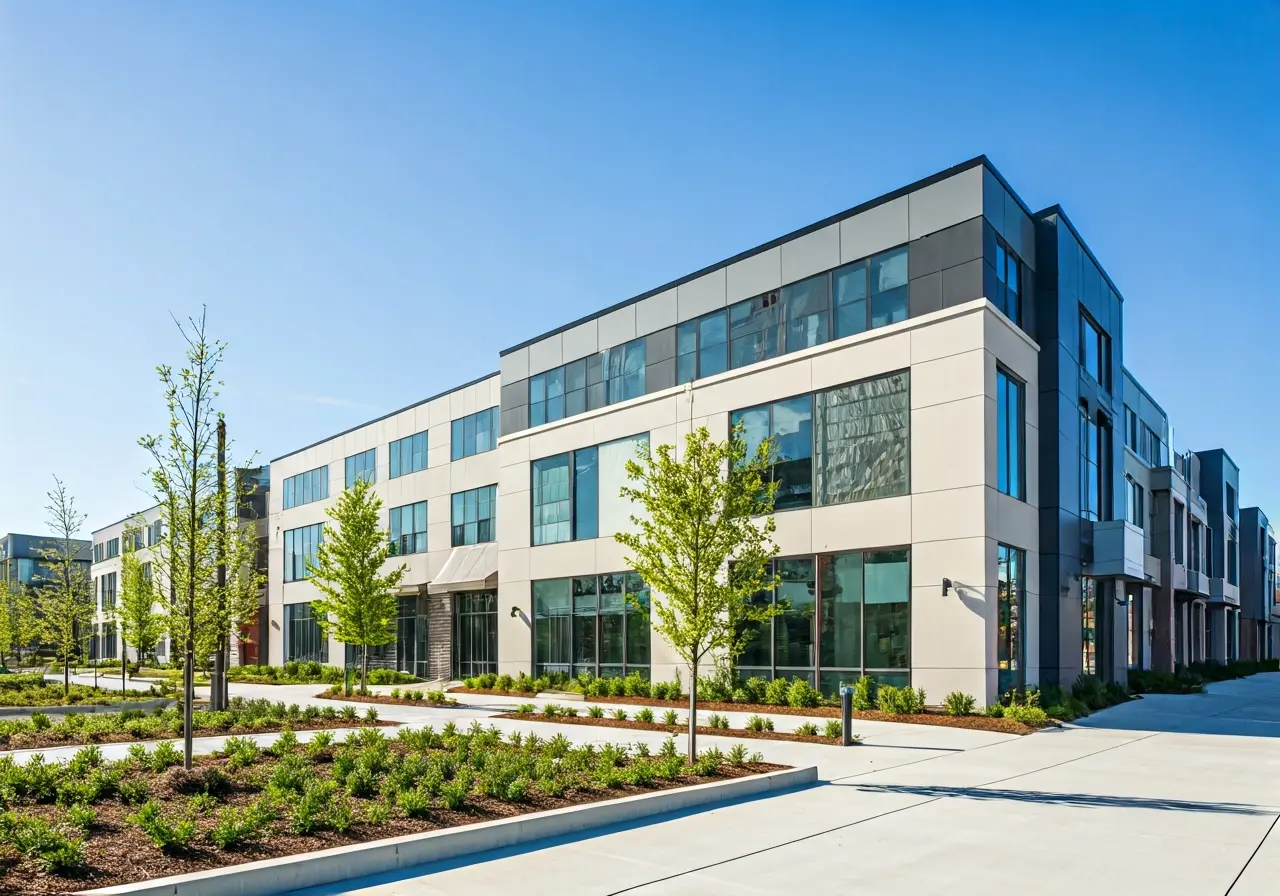The World Health Organization, recently reported that cities will hold 70 percent of the world’s population by 2050 and people will demand quality urban spaces and services. As current cities expand, urban leaders and city planners continue to embrace the live, work, play communities that spur economic growth, social interactions and quality of life.
Connected communities also reduce the need for private vehicles, increasing the viability of public transport, walking, and bicycling as well as more shared community spaces like plazas, parks, and sidewalks all of which foster interaction. A landmark study of San Francisco compared three neighborhoods identical except for the levels of vehicle traffic on their streets revealing that residents of neighborhoods with the lowest level of car traffic had three times as many friends as their more heavily trafficked counterparts. Public transit-friendly neighborhoods benefit local economies. Less time commuting and more walking increases support of local businesses. In fact, Transport for London found that pedestrians spend up to 60 percent more money at businesses each month than those traveling by car.
Underlying this development trend is the universal desire for engaging, meaningful and authentic places, that offer more than a place to live and work, but an exceptional experience that defines a person’s lifestyle. Baby Boomers and their grandchildren alike desire experiences that create lasting memories that define a sense of place where they can dine, shop, be entertained, workout, walk, and bike - just a few vibrant uses desired by residents and visitors of mixed-use town centers.
This demand is spurring new development as well as the repositioning of existing properties. From complete overhauls to adding new uses and density, mixed-use town centers from California to New York are including institutional, cultural and sports facilities with traditional retail lifestyle center concepts. In Austin, TX, a 700-acre redevelopment of a town center includes a children’s hospital, museum and a university research center. And in San Jose, CA a traditional regional center is being converted into a fitness and entertainment community that promotes health and livability.
Integrating all phases of family life and work into coherent communities will continue to be the focus of developers who want to capture market share by emphasizing comfortable, inter-generational environments that encourage relaxation and long stays.
To stay abreast of the latest mixed-use real estate news and trends visit our Atlanta advertising agency today.

.jpg)
